Retired Oregon legislator Peter Courtney marvels over life-saving TAVR heart valve surgery
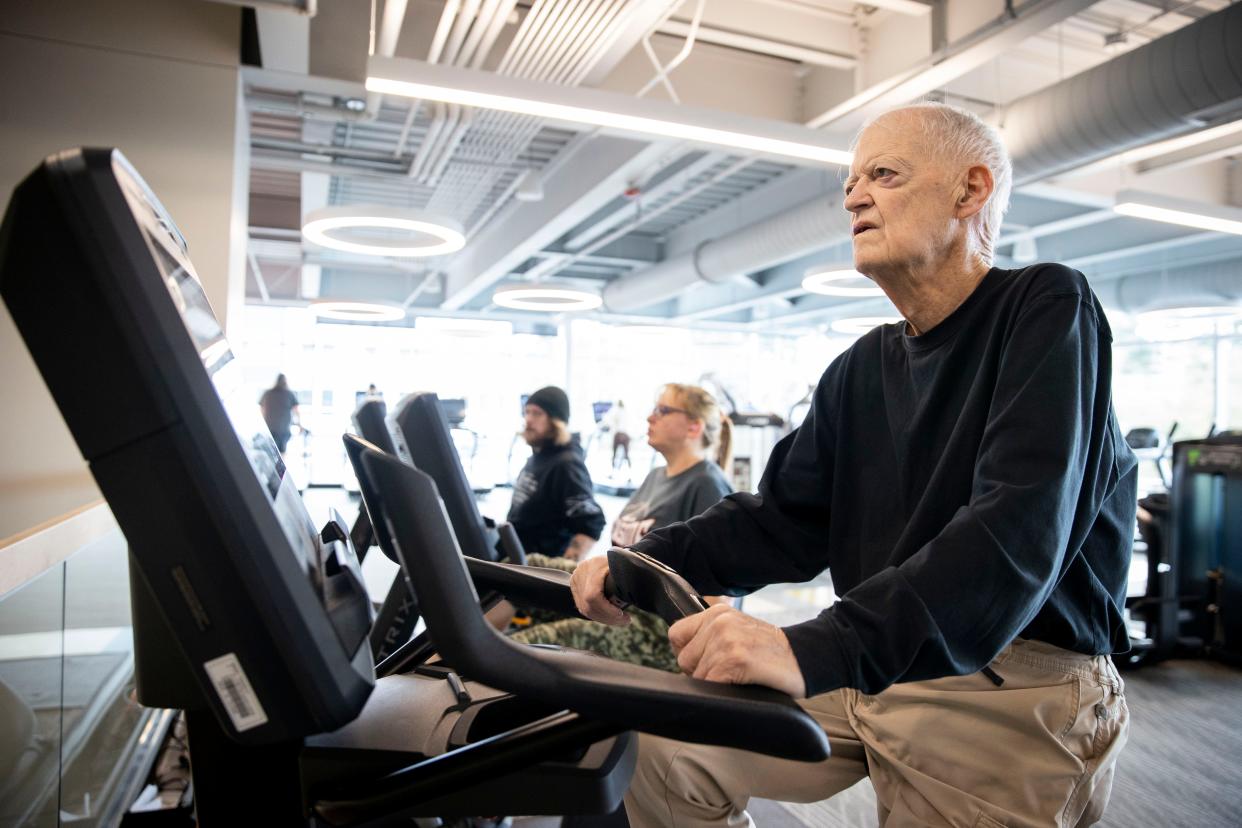
Young staff members used to preach work-life balance to Peter Courtney, the longtime Oregon Senator. He scoffed at the idea, telling them it was just another way to say, “Be lazy.”
Even now, he bristles at the expression, although perhaps a part of him wishes he would have listened.
He has no doubt the accumulative stress of more than four decades in elective office, including 38 years as a state legislator and 20 years as the Senate president, contributed to, if not caused, his recent health problems.
The tension was off the charts in his last few sessions as he watched the bipartisanship he helped create disintegrate. Courtney retired after the 2022 session as the longest-serving legislator and Senate president in state history.
“You can’t worry and stress the way I did and not beat up your body,” Courtney said during an interview at the Salem home where he and his wife, Margie, have lived 46 years and raised three sons. “There were too many doctors telling me — but basically I was too stupid to hear it — that the stress was eating me up.”
Stress can lead to high blood pressure, which can lead to heart issues, including severe aortic stenosis, or the narrowing of the aortic valve. Aortic stenosis can cause congestive heart failure.
Courtney, 80, was diagnosed with congestive heart failure in November, and in January had transcatheter aortic valve replacement, or TAVR, at Providence St. Vincent Medical Center in Portland.
More than two months after the minimally invasive procedure, he still marvels at the science, the technology, the surgeon and the team.
“The way it’s done, it’s just unbelievable,” Courtney said.
The procedure took less than an hour, he was up and walking in the hospital hallway within a few hours and he was discharged the next day.
He said he looked and felt better almost immediately with improved blood flow and circulation.
Calcium deposits thicken aortic valve, strain heart
Aortic stenosis is the narrowing of the aortic valve, which results from the buildup of calcium deposits. It is estimated about 5% of the population has it at age 65. Prevalence increases with advancing age.
The heart has four valves, which make the ”lub-dub” sound of the heartbeat as they open and close more than 100,000 times a day.
The aortic valve connects the left side of the heart with the aorta, the large artery that carries blood from the heart to the circulation system. It has three flaps, called leaflets, which can slowly become calcified with age and not open well.
A normal valve is about the size of a quarter. Narrowed, it may be the size of a dime or smaller, blocking blood flow and forcing the heart to work harder, which can cause chest pain, shortness of breath and fatigue.
Aortic stenosis is often discovered in patients before symptoms develop but is a life-threatening condition that can progress rapidly and cause heart failure. It can be diagnosed with an echocardiogram, and possible treatments include medications, valve repair or valve replacement.
If untreated, the average life expectancy after the onset of symptoms is a couple of years.
"I knew the clock was ticking," Courtney said.
Loss of kidney put Courtney in a high-risk category for surgery
Doctors warned Courtney his aortic valve was narrowing. Surgery was recommended about two years ago when he was still serving in the Legislature.
A cardiologist stipulated that he go on dialysis because of concerns about potential complications with only one kidney. Courtney had a kidney removed in 2021 during treatment for ureteral cancer.
He did not want to end up on dialysis permanently, so he put off a decision since he had no aortic stenosis symptoms at that time.
Then, as symptoms did begin to surface, his primary physician referred him to Dr. Ethan C. Korngold, an interventional cardiologist and the medical director of Interventional Cardiology and Structural Heart at Providence Heart Institute.
“He raves about this doctor, a doctor who saved the lives of several of his patients who were in impossible heart situations,” Courtney said.
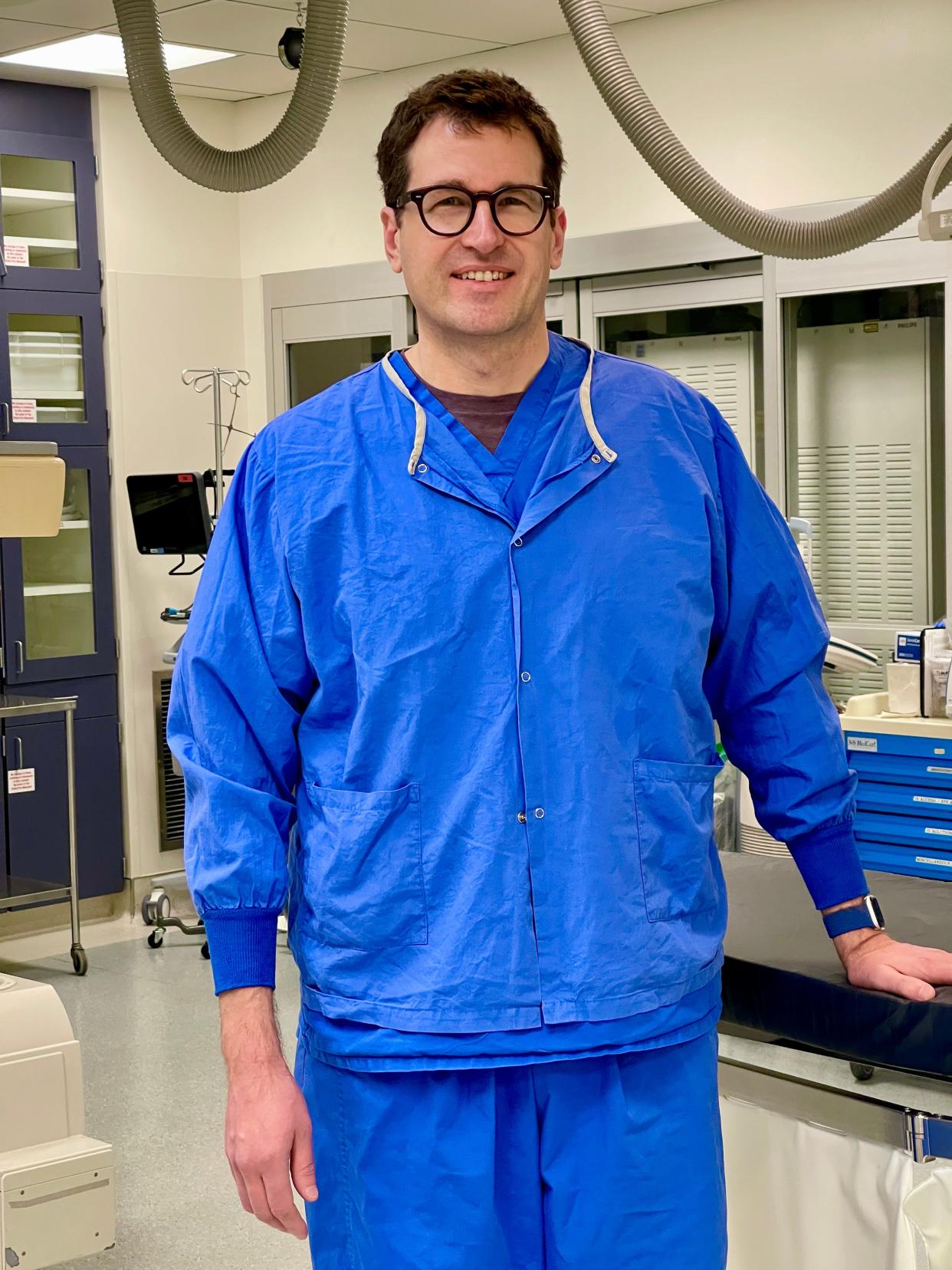
Courtney had his first appointment with Korngold in February 2023. Because he had minimal symptoms and was considered high-risk, Korngold and his team felt the best approach would be to monitor his condition.
Courtney's symptoms would become more noticeable and uncomfortable in the coming months, including shortness of breath and fatigue. He was diagnosed in November with congestive heart failure, and he and Margie remember the subject of hospice coming up.
He went to see Korngold again, and this time he was scheduled for TAVR on Jan. 8.
“His heart wasn’t able to pump enough blood to his body, putting great strain on his heart,” Korngold said. “We had to do something, high risk or not.”
Margie calms Peter by telling him to ‘be a buffalo’
Courtney is not a good patient. His wife will tell you that. So will he, a bit reluctantly.
He hates IVs and once nearly walked out of a hospital with a coat over his gown and bare feet.
On the way to St. Vincent Medical Center the morning of his TAVR, he told Margie multiple times to turn the car around. She kept driving. Once at the hospital, he thought he still had time to walk out, even while being prepped for surgery.
One thing that sets him off and frightens him more than anything in a medical setting is the placement of an intravenous line.
“Very seldom can I get somebody to put it in right without me yelling and getting nasty,” Courtney said.
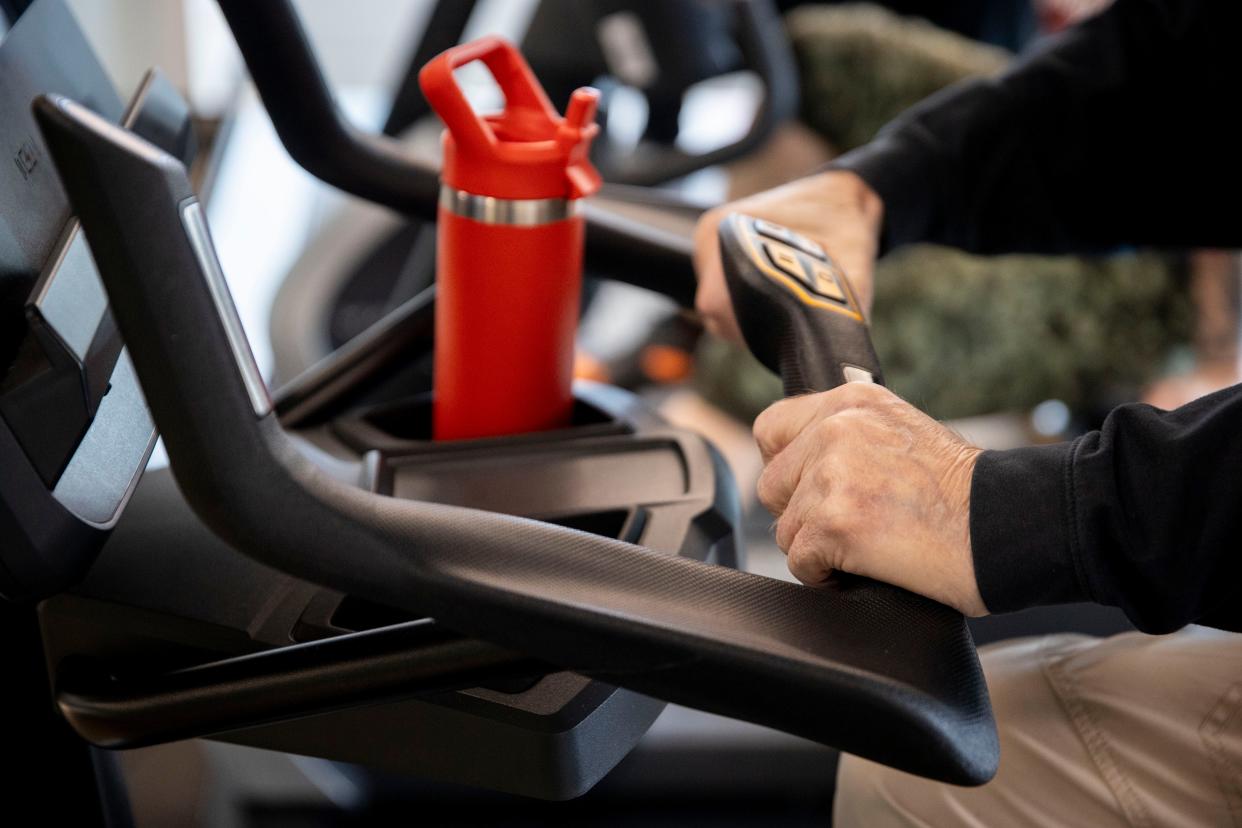
Margie could see him getting angry and gripping the arms of a chair that morning, about to erupt, when she said three words to him: “Be a buffalo.”
She repeated the phrase a few times, something they had heard a couple of weeks before from YMCA CEO Tim Sinatra, about how buffalo charge directly into a storm to minimize the time they spend in it and the pain they experience.
He knew what she meant, and it worked. Courtney said he was too upset to outwardly smile, but he was able to relax and get through the storm.
“I’m sitting here, a recipient of this incredible surgery, and I could not have done it — would not have done it — if Margie hadn’t been there,” he said.
TAVR takes less than an hour with fast recovery time
For decades, replacing a heart valve required open-heart surgery. A surgeon would crack open a patient’s chest and put them on a cardiopulmonary bypass machine while the old valve was cut out and replaced. Recovery would include a five- to seven-day hospital stay and at least three months for the sternum to heal completely.
Patients like Courtney can now get the same results with transcatheter aortic valve replacement, which is becoming more of the standard care for the treatment of aortic stenosis.
The procedure is done in a cardiac catheterization laboratory. A long, thin, flexible tube called a delivery catheter is inserted in a small incision of the patient's leg and carries the prosthetic valve through blood vessels to the heart.
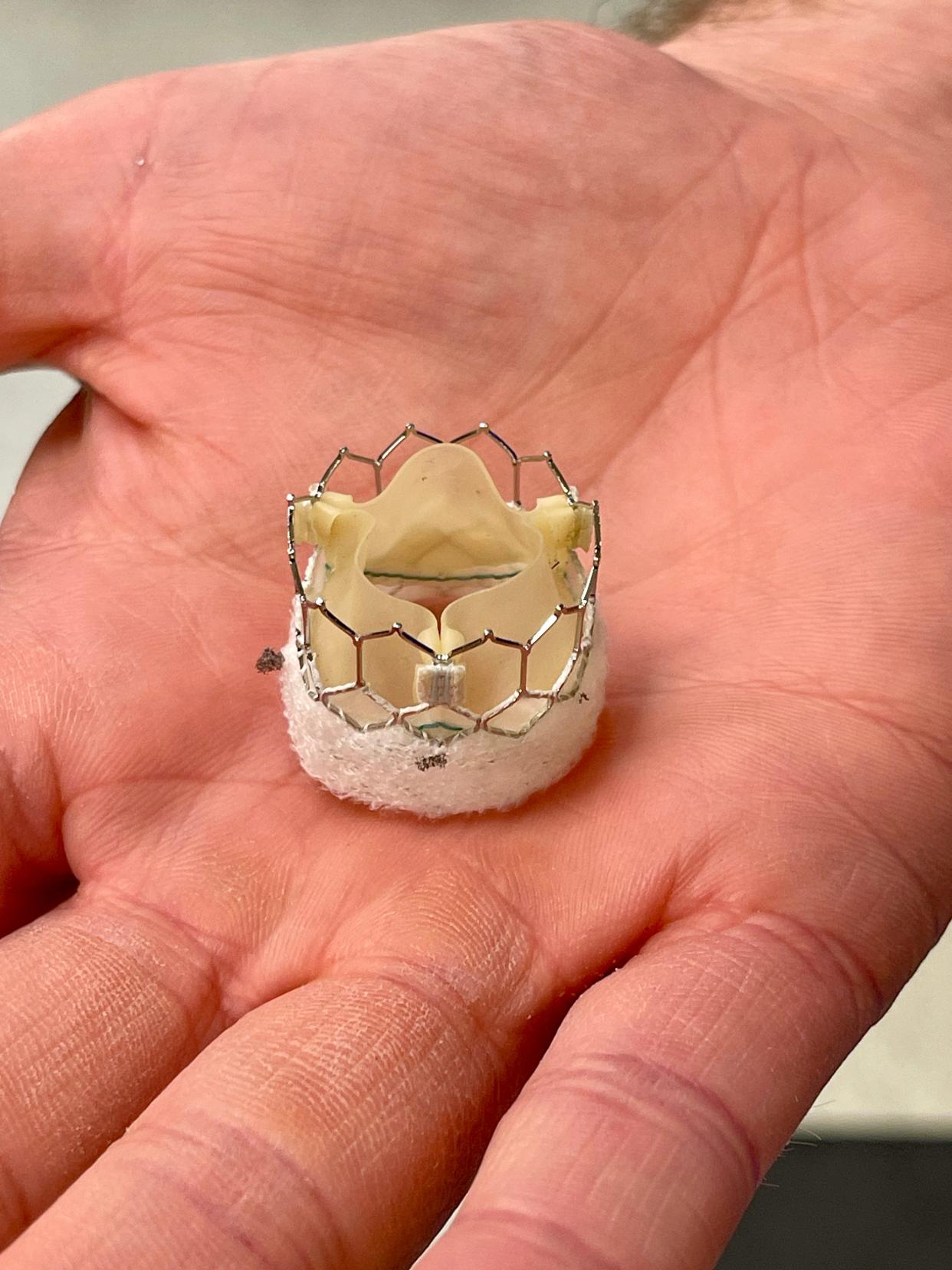
Courtney received an Edwards Sapien valve that looks like a tiny crown with leaflets made of tissue from the lining of a cow heart. Korngold said the valves are treated chemically so the body doesn’t reject them.
X-ray fluoroscopy was used to guide the catheter and new valve into place. Korngold said the old valve was “walled off” to the side.
The procedure took less than an hour, during which Courtney’s heart continued to beat. If he had undergone open heart surgery, a machine would have taken over for his heart and lungs.
Korngold said TAVR outcomes are comparable if not better than open-heart surgery.
Providence team has done 3,000 TAVRs since 2011
TAVR requires a multidisciplinary team of medical experts, including interventional cardiologists who specialize in catheter-based procedures, cardiac surgeons, cardiac imaging specialists, cardiac anesthesiologists, nurse valve coordinators, physician assistants and palliative care physicians.
“The first time I met Dr. Korngold he talked about a team,” Courtney said. “It was sincere. You don’t even see that in sports.”
The team determined when TAVR was his best treatment option, with open and honest discussions about the risks. One of the biggest concerns was kidney function. Contrast dye, needed for imaging during the procedure, can be hard on kidneys.
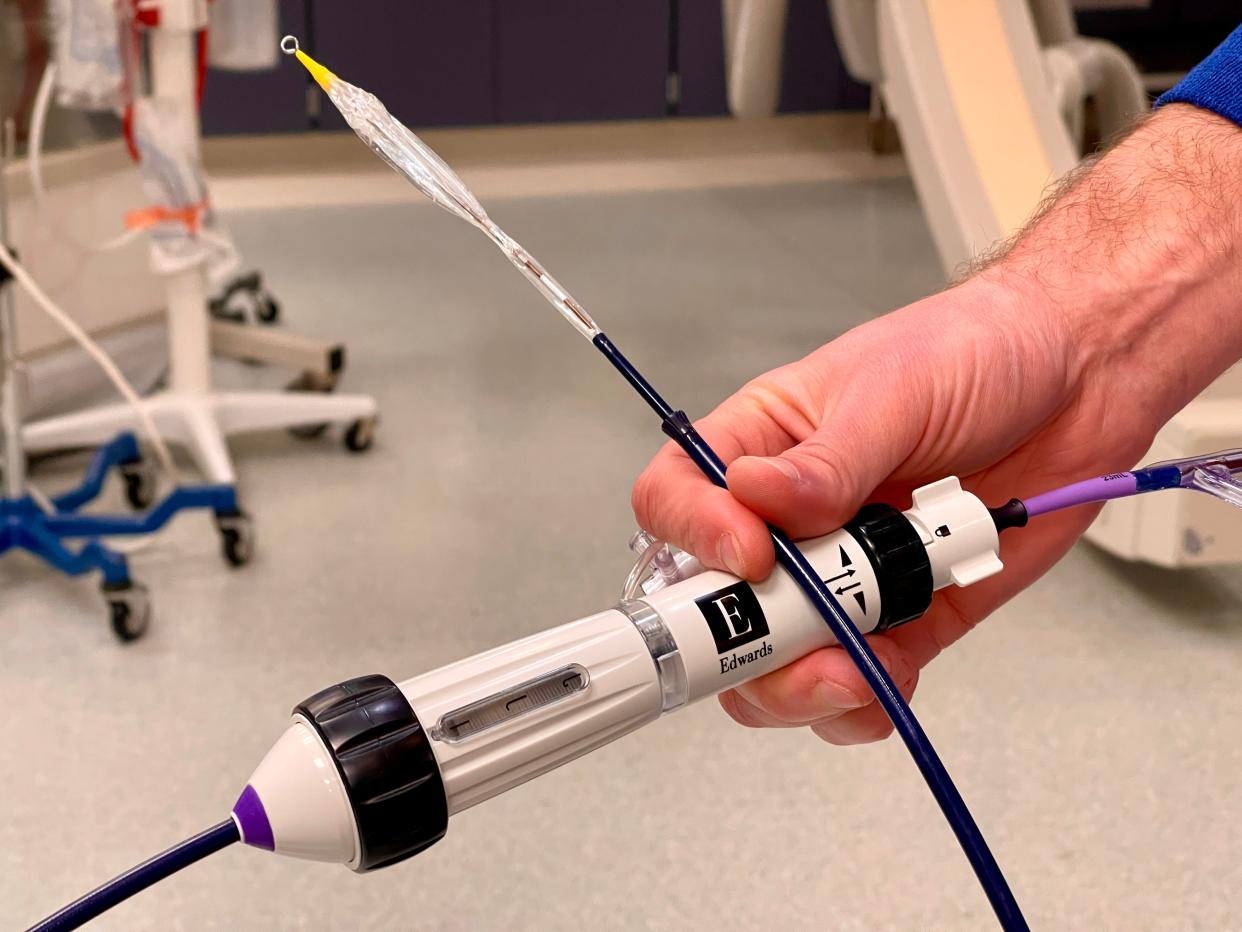
Korngold promised to use the smallest amount of dye necessary, but Courtney had to consent to dialysis if needed for life-saving measures. Margie was relieved when Korngold gave her the post-op update. His lone kidney held up.
Korngold said the TAVR team and procedure have been streamlined since the early days. Providence Heart Institute started the program in 2009 and did its first TAVR in 2011, after the FDA's initial approval.
The institute has done more than 3,000 since.
“It’s incredibly exciting for something that started out as an experimental research device, with 30 people in the room, to what now, dare I say, is routine,” Korngold said. “We do up to five of these a day, multiple days a week.”
Korngold’s team did 353 TAVRs in 2023.
Routine includes cardio rehab, exercise at the YMCA
Courtney is relieved to have behind him a long string of doctor appointments, tests and hospitals, once inconceivable for a guy with 20 Hood to Coast Relays under his belt.
Before TAVR and the cancer scare, he had a staph infection in his replacement hip, which required multiple surgeries over the years.
The infection almost sidelined him for the 2020 legislative session. For a month, he commuted to the state Capitol from a transitional care facility, where he needed IV antibiotics and physical therapy.
His drive to be there no matter what, and always the first one in and last one out, may have prompted some of those work-life balance lectures and ultimately made retirement challenging.
“He really never developed a lot of hobbies, at all, because he was just working,” Margie said. “He didn’t fish, didn’t hunt, doesn’t read books, doesn’t golf, doesn’t play cards. He didn’t do anything besides work.”
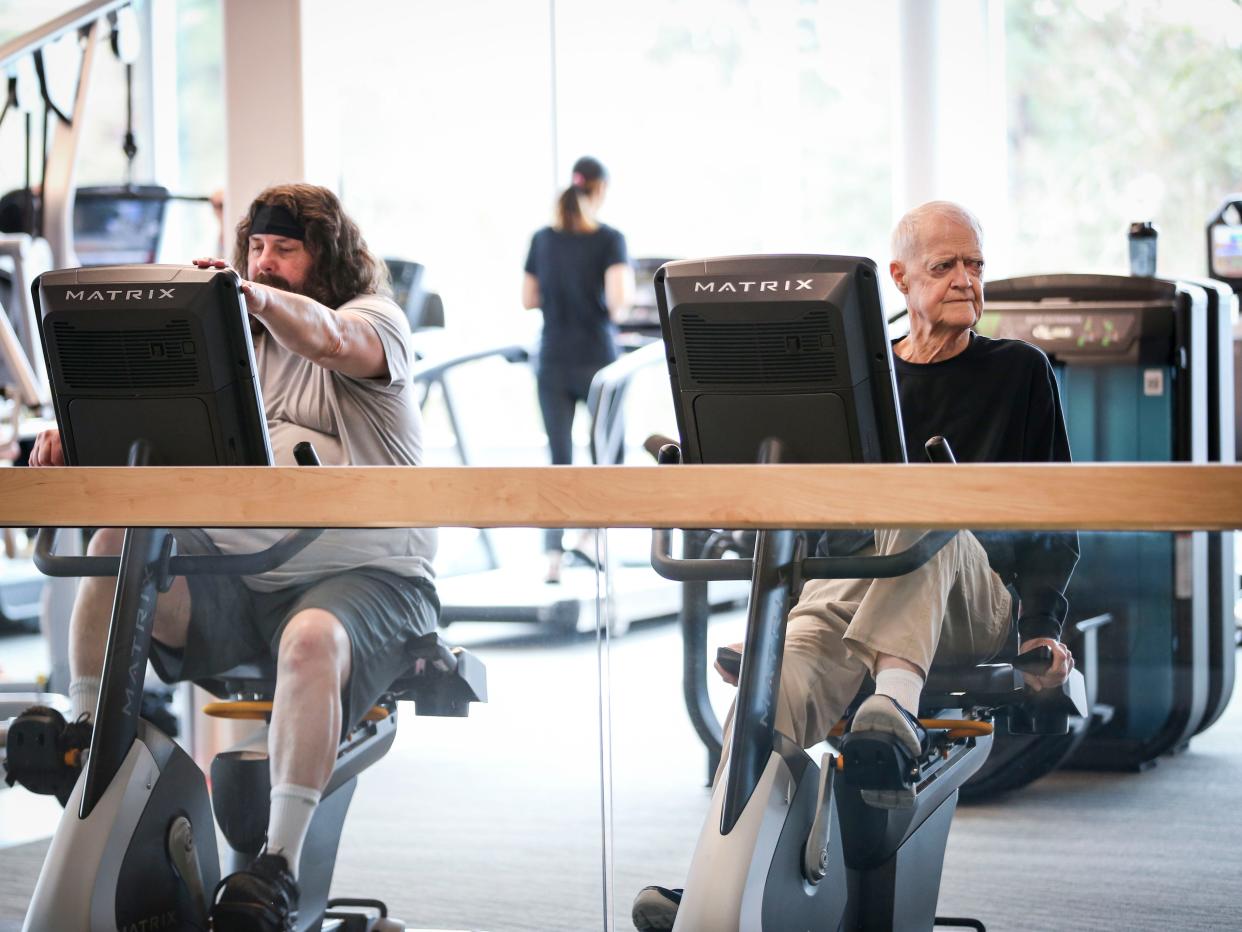
Courtney stays busy now by attending cardiac rehab three times a week and exercising regularly at the YMCA on a recumbent bike.
The YMCA is near and dear to him because it was his first home in Oregon. He came to Salem in 1969 to work as a clerk for a judge and lived the first two years in Room 206 at the Y.
He helped secure state funding for the new YMCA building downtown and the veteran apartment complex across the street, called Courtney Place.
When Courtney finally retired, after 44 years in elective office, Margie and their sons were relieved. Between them and his doctors, he really had no choice and he understood, especially for the sake of his family.
"Politics is a dirty business, it’s a hard business, and I had been beaten up pretty good over the years," he said. "When you get beat up, your family gets beaten up. Your family suffers more than you do."
Capi Lynn is a senior reporter for the Statesman Journal. Send comments, questions and tips to her at clynn@statesmanjournal.com, or follow her work on Twitter @CapiLynn and Facebook @CapiLynnSJ.
This article originally appeared on Salem Statesman Journal: Peter Courtney, former Oregon senator, has life-saving surgery
